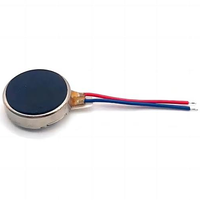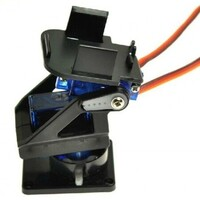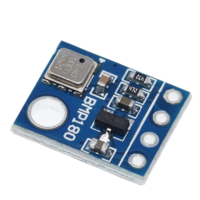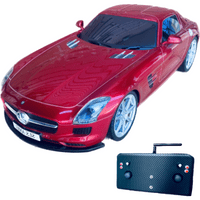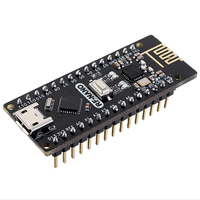Keeping real-time clock with mini DS3231 on Arduino
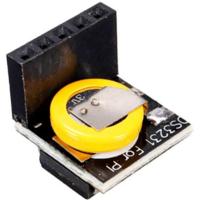
When it comes to accurate timekeeping in the world of electronics, the DS3231 real-time clock (RTC) module is a reliable and precise solution. This compact yet robust module not only keeps time with exceptional accuracy but also integrates smoothly with popular microcontrollers like the Arduino Nano. In this article, we'll explore the features, wiring, and potential applications of the DS3231.


